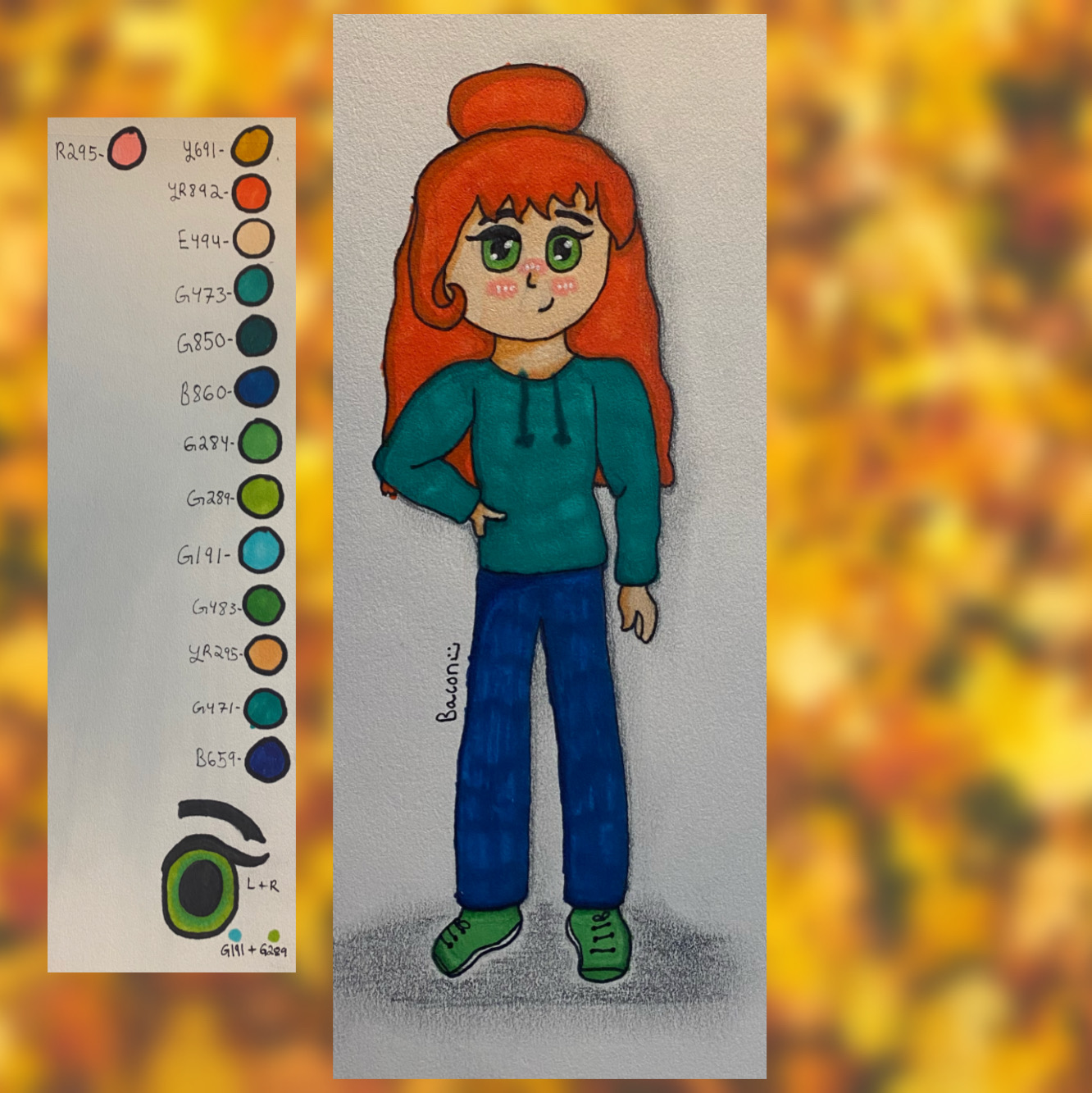Practice artivism
Design and create colorful awareness posters, stickers, or postcards about causes you care about, learning respectful messaging and community sharing skills.



Step-by-step guide to practice artivism
How To Teach Children About Positive Attitude?
Step 1
Pick one cause you care about and name it out loud.
Step 2
Choose whether you will make a poster sticker or postcard.
Step 3
Write a short respectful message or slogan of a few words that explains your idea.
Step 4
Choose two to four colours you want to use for your design.
Step 5
Sketch a simple layout with pencil showing where your message and pictures will go.
Step 6
Draw the main image for your design in pencil or pen.
Step 7
Colour your drawing using your chosen colours.
Step 8
Write one or two clear facts or a short respectful sentence about your cause.
Step 9
Trim or cut your paper to the final size for a poster sticker or postcard.
Step 10
Add a bold border or a few stickers to make your creation stand out.
Step 11
Ask an adult for permission to display or hand out your creation in your community.
Step 12
Share your finished creation on DIY.org
Final steps
You're almost there! Complete all the steps, bring your creation to life, post it, and conquer the challenge!


Help!?
What can we use instead of poster paper, sticker sheets, or markers if we don't have them?
Use folded printer paper or a cereal-box cardboard for a poster or postcard, clear tape or glue with wax paper as a sticker backing, and swap markers for crayons or colored pencils when you colour your drawing.
My colours are bleeding and my slogan is hard to read—what should I try?
Test colours on scrap paper first, sketch your layout lightly in pencil, let ink or paint dry before writing your slogan, and use a darker pen or a white space behind text to make the message clear.
How can I adapt this artivism activity for younger or older kids?
For preschoolers focus on choosing a cause, two colours and stickers, for elementary kids keep the sketch, short slogan and one or two facts, and for teens encourage detailed layouts, facts, multiple colours and digital versions to share on DIY.org.
What are some ways to enhance or personalize our poster, sticker, or postcard beyond the steps?
Add texture with collage or recycled materials, laminate or mount your trimmed piece for durability, include a QR code linking to facts, or create a series with different colour schemes and bold borders before asking an adult to help display them.
Watch videos on how to practice artivism
What It's Like: Positive Youth Development
Facts about art and civic engagement
✊ Protest art has been used for centuries — from printed broadsheets to posters in social movements — to sway public opinion.
🤝 Hanging posters or swapping stickers at local spots (libraries, cafes, bulletin boards) is a friendly way to build community support.
🎨 Many street artists use stencils and stickers because they let you repeat a strong image quickly across a city.
📮 Postcards and stickers are tiny but powerful: they're cheap, shareable, and fit in pockets so messages travel far.
🖊️ Respectful, clear wording in advocacy artwork helps more people listen and join the conversation rather than shut down.
How do I guide my child to practice artivism by designing awareness posters, stickers, or postcards?
What materials do we need to make awareness posters, stickers, or postcards with kids?
What ages is designing awareness posters, stickers, or postcards suitable for?
What are the benefits of practicing artivism with children (making awareness posters, stickers, postcards)?


One subscription, many ways to play and learn.
Only $6.99 after trial. No credit card required



